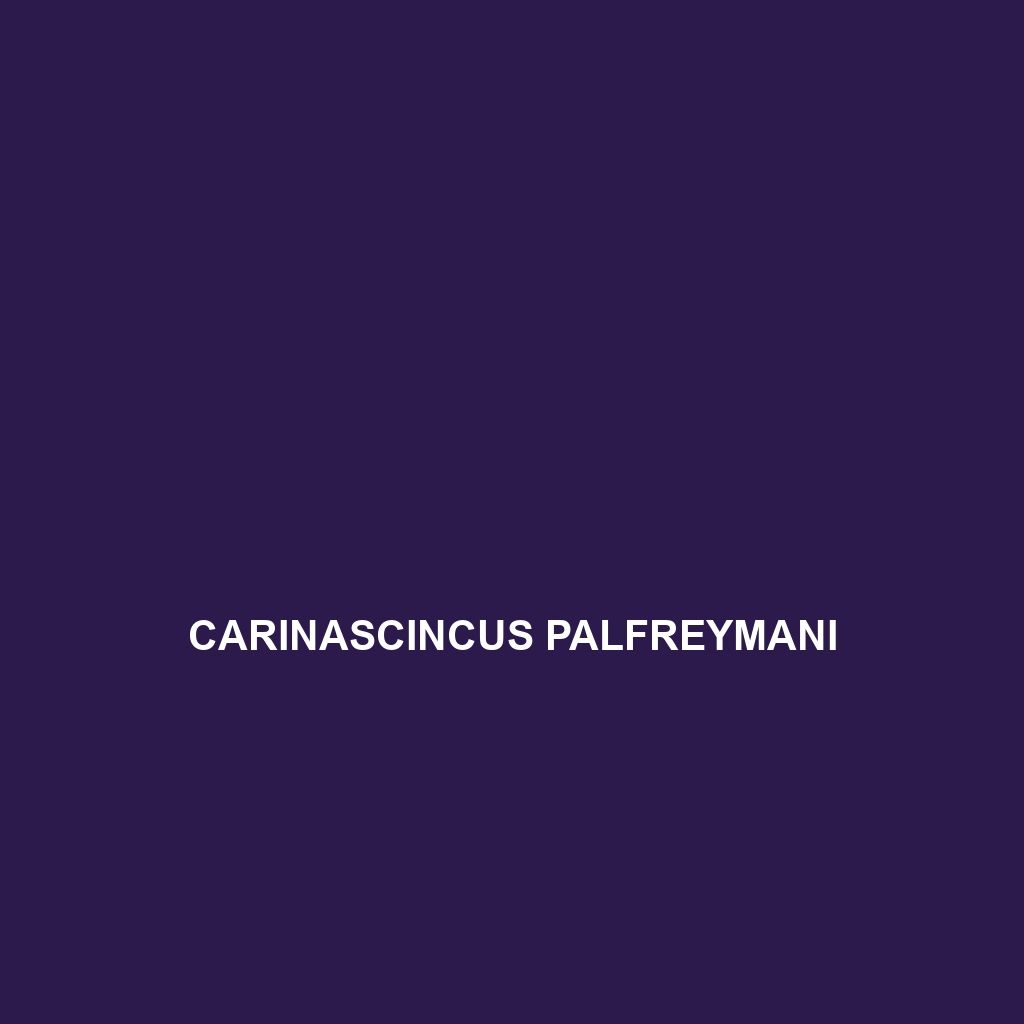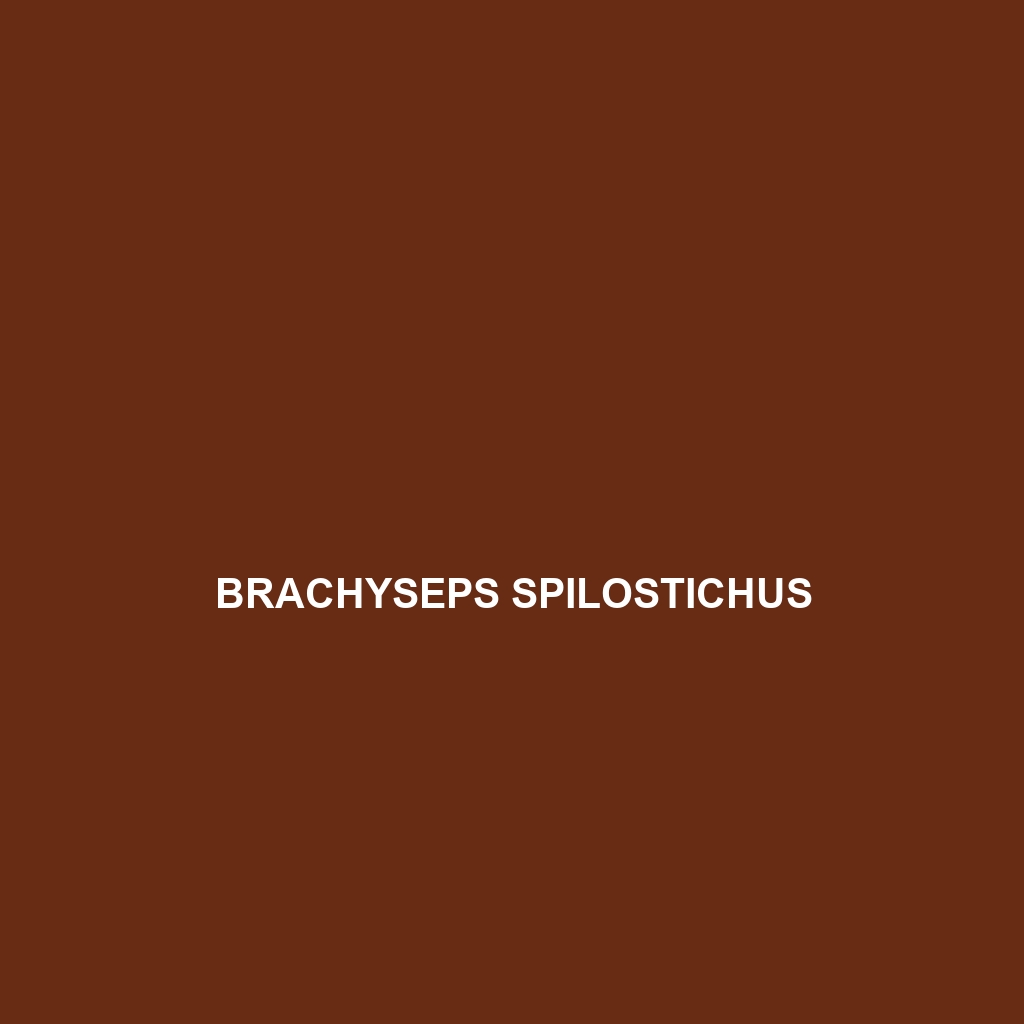<p><b>Carlia tutela</b> is a medium-sized skink native to the rainforest regions of northeastern Queensland, Australia. Thriving in humid environments, this agile, diurnal species displays intricate brown to olive green patterns and plays a vital role in controlling insect populations while serving as prey for larger predators.</p>
Tag: ecological role of skinks
Carlia rubrigularis
<p><b>Carlia rubrigularis</b>, also known as the red-throated skink, is a striking Australian and New Guinea lizard featuring a reddish-orange throat and a sleek greyish-brown body. Thriving in grasslands and open forests, this agile, diurnal species plays a crucial role in its ecosystem by controlling insect populations and serving as prey for larger predators.</p>
Carlia quinquecarinata
Discover the Carlia quinquecarinata, a medium-sized skink native to tropical Australia, known for its distinctive five longitudinal lines and agile movements. This diurnal lizard thrives in heathland and forest habitats, primarily foraging for small invertebrates while playing a vital role in its ecosystem.
Carlia fusca
Discover the Carlia fusca, or brown-fingered skink, a slender reptile from southeastern Australia's temperate rainforests, known for its distinctive dark brown to grayish coloration and unique finger-like appendages. This diurnal skink plays a vital role in controlling insect populations while thriving in habitats rich in leaf litter and ground cover.
Carlia bicarinata
Discover the Carlia bicarinata, or northern bicarinate skink, a slender, agile species native to northeastern Australia, notable for its unique two-keeled dorsal scales and diurnal foraging behavior. This skink primarily eats insects and helps maintain ecological balance while exhibiting fascinating traits such as tail regeneration.
Carinascincus palfreymani
Discover the Palfrey's Skink (Carinascincus palfreymani), a unique lizard species native to Tasmania's temperate forests, featuring olive-green to brown scales and a distinctive dorsal ridge. This small to medium-sized skink plays a vital role in its ecosystem by controlling insect populations and serves as a food source for various predators.
Caledoniscincus auratus
Discover the vibrant Caledoniscincus auratus, or golden skink, native to New Caledonia's lush forests. This medium-sized reptile, known for its striking golden coloration and diurnal behavior, plays a crucial role in its ecosystem by controlling insect populations and indicating environmental health.
Caledoniscincus austrocaledonicus
Introducing the Southern New Caledonian skink (Caledoniscincus austrocaledonicus), a small, vibrant lizard thriving in the humid forests of New Caledonia, known for its elusive nature, insectivorous diet, and role in controlling local insect populations. This Vulnerable species is characterized by its distinct coloration, flattened head, and agile movements, making it a fascinating addition to any reptile enthusiast's collection.
Brasiliscincus agilis
<b>Brasiliscincus agilis</b>, commonly known as the agile skink, is a small, diurnal skink found in the subtropical forests of southeastern Brazil. Typically measuring 10 to 15 cm, this vulnerable species plays a crucial role in controlling insect populations and features a sleek body with a brown to dark gray color, often adorned with lighter stripes for effective camouflage.
Brachyseps spilostichus
<p>Discover the fascinating <b>Brachyseps spilostichus</b>, or Eastern Seychelles skink, a <b>vulnerable</b> species thriving in the lush forests of the Seychelles. With its distinctive coloration, agile nature, and diet primarily consisting of insects, this skink plays a crucial role in its ecosystem while showcasing an impressive ability to adapt for survival.</p>








